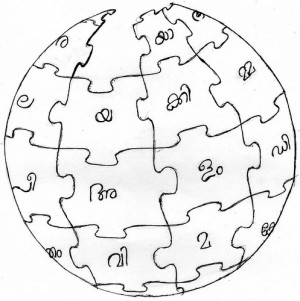By Eleanor Yang Su, California Watch
Teachers who once shunned the idea of students citing Wikipedia on class assignments now are embracing the Web site as a teaching tool.
Dozens of teachers at high schools and universities – including several in California – are assigning their students to write and edit entries for the online encyclopedia. The projects are designed to help students improve their research and writing skills, while adding to the public knowledge.
Sheldon Gen, an associate professor at San Francisco State University, asked students to write Wikipedia entries for an environmental policy class. His graduate students chose topics ranging from Mendocino County’s ban of genetically modified organisms to recent amendments to the Clean Air Act. Gen said some students initially were skeptical of Wikipedia and the assignment.
“The perception among a lot of people is that Wikipedia is not a particularly good source for newsworthy, policy-worthy information. My students shared that skepticism,” Gen said. “But all of them said at the end that they really liked the project. One thing they truly appreciated is they published articles that are now part of the public dialogue.”
Eric Goldman, an associate professor at the Santa Clara University School of Law, said he warned his students that the editing process for Wikipedia entries could be ruthless.


